In recent years, comedy has emerged as a powerful medium for addressing complex and often sensitive topics, including those surrounding gay sex, love, and societal taboos. From television series to stand-up specials, comedic platforms have increasingly tackled issues related to queer identities, relationships, and sexual health, breaking barriers and fostering conversations that were once considered off-limits. This article explores how comedy, through TV shows and stand-up performances, navigates the delicate balance between empowering audiences with education and potentially oversimplifying the nuanced realities of queer experiences. By weaving humor with social commentary, comedians and creators are reshaping cultural perceptions, but questions remain about the depth and impact of these portrayals.
The Rise of Queer Comedy in Modern Media
Comedy has long served as a mirror to society, reflecting its values, prejudices, and evolving norms. For the LGBTQ+ community, comedy has been both a battleground and a sanctuary—a space where stereotypes were once weaponized but also where trailblazing performers have reclaimed narratives. The history of queer comedy is deeply intertwined with the broader struggle for visibility and acceptance, with roots stretching back to vaudeville and early television, where coded humor allowed performers to subtly express their identities.
Historical Context: From Subtext to Spotlight
In the early 20th century, queer performers like Moms Mabley, a Black vaudevillian, used humor to subtly challenge societal norms. Mabley, often dressed in androgynous clothing, wove sharp wit into her performances, hinting at her queerness without explicit acknowledgment due to the era’s rampant homophobia. Her influence, as noted by contemporary comedian Wanda Sykes, laid the groundwork for future generations to push boundaries further.
By the 1990s, a significant shift occurred. Lea DeLaria’s appearance on The Arsenio Hall Show in 1993 marked a historic moment as the first openly gay comic to perform on American television. DeLaria’s bold declaration—“It’s the 1990s, it’s hip to be queer, and I’m a bi-i-i-i-ig dyke!”—was a radical act of defiance against a backdrop of pervasive homophobia. Her performance, alongside others like Kate Clinton and Scott Thompson, challenged the status quo, confronting audiences with unapologetic queer identities. However, these early pioneers often faced backlash, with DeLaria recounting protests at a Maine college where audiences attempted to shout her down.
The AIDS crisis of the 1980s and 1990s further shaped queer comedy. While mainstream comedians like Eddie Murphy and Sam Kinison used the epidemic as fodder for homophobic jokes, queer performers like Sandra Bernhard countered with politically charged performances that humanized the crisis. Bernhard’s cabaret-style shows blended humor with raw commentary, offering a stark contrast to the era’s often cruel mainstream comedy. This period underscored comedy’s potential as a tool for resistance, allowing queer voices to reclaim agency in a hostile cultural landscape.
Cultural Shifts and Mainstream Acceptance
The early 2000s marked a turning point, with television shows like Will & Grace and Ellen DeGeneres’s sitcom bringing queer characters into mainstream households. These shows, while comedic, often shied away from explicit discussions of gay sex or relationships, focusing instead on palatable narratives of friendship and identity. However, they paved the way for more daring content in the streaming era, where platforms like Netflix and HBO have embraced bolder, more explicit portrayals of queer life.
Today, shows like Sex Education and Heartstopper, alongside stand-up specials from comedians like Jerrod Carmichael and Hannah Gadsby, tackle gay sex, love, and taboos with unprecedented candor. These works reflect a cultural shift toward greater acceptance, driven by milestones like the legalization of same-sex marriage in the United States in 2015 and Taiwan’s pioneering move in 2019 to become the first Asian nation to legalize same-sex unions. Yet, challenges persist, with transphobia in comedy—exemplified by figures like Dave Chappelle and Ricky Gervais—highlighting the ongoing tension between humor and harm.
Television as a Platform for Queer Sex Education
Television has become a vital arena for addressing queer sexual health and relationships, blending humor with education to reach diverse audiences. Shows like Sex Education and Heartbreak High have redefined the teen comedy genre, using humor to explore complex issues like consent, sexual orientation, and gender identity. These series stand out for their inclusive representation and willingness to confront taboos head-on.
Sex Education: A Case Study in Inclusive Storytelling
Netflix’s Sex Education, launched in 2019, has been lauded for its progressive approach to sexual health education. The show follows Otis Milburn, a teenager navigating high school alongside his sex therapist mother, Jean. Among its ensemble cast, characters like Eric Effiong, a gay Nigerian-Ghanaian teen played by Ncuti Gatwa, and trans characters like Roman and Abbi, bring authenticity to queer experiences. The show’s blend of comedy and drama allows it to tackle sensitive topics—like homophobia, trans identity, and sexual autonomy—with nuance.
One standout moment is a Season 4 scene featuring Roman and Abbi, two trans characters who share an intimate, post-breakup encounter. Actors Felix Mufti and Anthony Lexa praised the scene for its authenticity, noting that it portrays trans individuals with agency over their bodies, a rarity in mainstream media. This depiction counters the “tragic trans story” often seen in earlier narratives, offering instead a celebration of trans joy and intimacy.
Sex Education’s success lies in its ability to normalize discussions about queer sex while maintaining a comedic tone. By integrating diverse characters into its narrative, the show educates viewers on topics like safe sex, consent, and the emotional complexities of queer relationships. Its global impact is evident, with over 40 million streams in its first season, signaling a hunger for inclusive storytelling.
Heartstopper and the Power of Joyful Representation
Another Netflix gem, Heartstopper, offers a lighter, more heartwarming take on queer youth. Based on Alice Oseman’s graphic novels, the series follows Charlie Spring and Nick Nelson, two schoolboys whose friendship blossoms into romance. Unlike Sex Education’s gritty realism, Heartstopper prioritizes joy, presenting a world where queer love is celebrated without the trauma that often dominates queer narratives.
The show’s cultural significance lies in its accessibility to young audiences. By focusing on the emotional journey of coming out and falling in love, Heartstopper provides a safe space for teens grappling with their identities. Olivia Colman’s role as Charlie’s supportive mother further elevates the show, cementing her status as a gay icon. The series’ success, coupled with its renewal for multiple seasons, underscores the demand for positive queer representation in comedy.
Historical Precedents: From Looking to Schitt’s Creek
Earlier shows like HBO’s Looking (2014–2015) and Schitt’s Creek (2015–2020) laid the groundwork for these modern narratives. Looking, a semi-autobiographical series about gay men in San Francisco, was revolutionary for its frank depictions of gay sex and relationships at a time when same-sex marriage was still illegal in many states. Though it struggled with ratings, its authentic portrayal of queer life earned critical acclaim.
Schitt’s Creek, meanwhile, became a cultural phenomenon for its portrayal of David Rose, a pansexual character played by Dan Levy. The show’s humor, rooted in the absurdity of the Rose family’s fall from wealth, seamlessly integrated queer storylines without making them the sole focus. David’s romance with Patrick, culminating in a heartfelt engagement, resonated with audiences, earning the show multiple Emmy Awards in 2020. These shows demonstrate comedy’s ability to normalize queer experiences while entertaining broad audiences.
Stand-Up Comedy: Breaking Taboos with Humor
Stand-up comedy has long been a space for challenging societal norms, and queer comedians have used the stage to address gay sex, love, and taboos with raw honesty. From Robin Tyler’s pioneering coming-out on television in the 1970s to Jerrod Carmichael’s Emmy-winning special Rothaniel, stand-up has evolved into a powerful tool for education and empowerment.
Pioneers of Queer Stand-Up
Robin Tyler, one of the first comedians to come out on national television, faced significant backlash for her unapologetic humor. Her joke about Anita Bryant—“She’s to Christianity what paint-by-numbers is to art”—highlighted the era’s anti-gay activism, but it cost her career momentum. Similarly, comedians like Jaffe Cohen and Bob Smith, part of the Funny Gay Males trio, used humor to counter homophobic narratives in the 1980s and 1990s, often at great personal risk.
These early performers paved the way for contemporary queer comedians who blend personal storytelling with social commentary. Wanda Sykes, for instance, has used her platform to address race, sexuality, and politics, earning a GLAAD Media Award for her advocacy. Her 2023 special, I’m an Entertainer, tackles cultural moments like the January 6th insurrection and Black Lives Matter, using physical comedy to make serious topics accessible.
Modern Trailblazers: Carmichael, Gadsby, and Beyond
Jerrod Carmichael’s 2022 special Rothaniel is a landmark in queer comedy. Directed by Bo Burnham, the special captures Carmichael coming out as gay, weaving humor with raw vulnerability. His admission—“I rebelled against it my whole life. I thought I’d never, ever come out”—resonated with audiences, earning an Emmy for Outstanding Writing. The special’s intimate setting, with a small audience, amplified its emotional impact, making it a masterclass in using comedy to process personal and societal taboos.
Hannah Gadsby’s Nanette (2018) took a different approach, deconstructing comedy itself to address trauma, homophobia, and misogyny. By blending humor with searing critique, Gadsby challenged audiences to confront uncomfortable truths, redefining the boundaries of stand-up. Similarly, nonbinary comedian Mae Martin uses specials like SAP to explore identity and addiction, balancing humor with heartfelt storytelling.
Other notable figures include Joel Kim Booster, whose Psychosexual special tackles gay Asian-American experiences, and Taylor Tomlinson, who came out as bisexual in Have It All, using humor to normalize fluid identities. These comedians demonstrate stand-up’s power to educate while entertaining, breaking down taboos through personal narratives.
Musical Comedy and Cultural Resonance
Musical comedy has also played a significant role in queer representation, blending humor with melody to address serious topics. Performers like Mawaan Rizwan, known for his work on Sex Education and comedic music videos like “Are You Checking Me Out or Are You Just a Racist?”, use song to explore identity and prejudice. This genre, with roots in cabaret and vaudeville, offers a unique vehicle for queer voices, combining emotional depth with accessibility.
Historically, musical comedy provided a safe space for queer performers to express themselves through coded language and exaggerated personas. Figures like Liberace and Cole Porter used musical performance to hint at their identities, navigating a repressive cultural landscape. Today, shows like Glee and Crazy Ex-Girlfriend continue this tradition, using musical numbers to explore queer love and identity with humor and heart.
The Risks of Oversimplification
While comedy has empowered queer voices, it also risks oversimplifying complex issues. Television shows, constrained by runtime and commercial pressures, may gloss over the nuances of queer experiences, reducing them to punchlines or feel-good resolutions. For example, early sitcoms like Will & Grace often prioritized humor over depth, avoiding explicit discussions of gay sex to appeal to mainstream audiences.
In stand-up, the pressure to elicit “clapter”—applause for political statements rather than laughs—can dilute comedic impact. Joel Kim Booster has criticized this trend, noting that it risks turning comedy into a lecture. Similarly, controversial figures like Dave Chappelle have faced backlash for transphobic jokes that trivialize real struggles, highlighting the fine line between provocation and harm.
Balancing Humor and Education
Successful queer comedy strikes a balance between humor and education, using laughter to open doors to deeper conversations. Sex Education, for instance, uses comedic scenarios—like Otis and Eric’s misadventures—to introduce topics like safe sex and consent, which are then explored with sensitivity. Stand-up comedians like Robin Tran demonstrate how to address sensitive topics like gender and sexuality with wit and intelligence, avoiding stereotypes while engaging audiences.
However, the mainstreaming of queer comedy can sometimes lead to sanitized portrayals that prioritize palatability over authenticity. Shows like Modern Family, while groundbreaking for featuring a gay couple, often avoided explicit discussions of sex, reflecting the era’s cautious approach to queer representation. Modern creators must navigate these tensions, ensuring comedy remains a tool for empowerment rather than trivialization.
The Global Impact of Queer Comedy
Queer comedy’s influence extends beyond Western media, with platforms like GagaOOLala in Asia amplifying LGBTQ+ voices in regions where homosexuality remains stigmatized. Founded by Jay Lin in Taiwan, GagaOOLala’s series like Handsome Stewardess and The Teacher tackle queer love and identity, challenging misconceptions in countries like Singapore and Malaysia, where gay sex remains criminalized. These efforts highlight comedy’s potential to foster dialogue in conservative societies.
In Japan, The Boyfriend, the country’s first gay-dating reality show, blends humor with heartfelt moments, breaking ground in a culture where queer visibility is limited. Similarly, Australia’s vibrant queer comedy scene, exemplified by performers like Hannah Gadsby, reflects the country’s progressive stance on LGBTQ+ rights, offering a model for global creators.
Conclusion: The Power and Responsibility of Queer Comedy
Comedy, whether on television or the stand-up stage, has become a vital tool for addressing gay sex, love, and taboos. By blending humor with education, creators like Sex Education’s Laurie Nunn and comedians like Jerrod Carmichael have opened doors to conversations that were once silenced. From the trailblazing defiance of Lea DeLaria to the joyful optimism of Heartstopper, queer comedy has reshaped cultural narratives, offering both entertainment and enlightenment.
Yet, the responsibility to avoid oversimplification remains. Comedy must navigate the fine line between empowerment and trivialization, ensuring that queer experiences are portrayed with authenticity and depth. As the medium continues to evolve, its ability to challenge taboos, educate audiences, and celebrate queer joy will remain a powerful force for change, one laugh at a time.



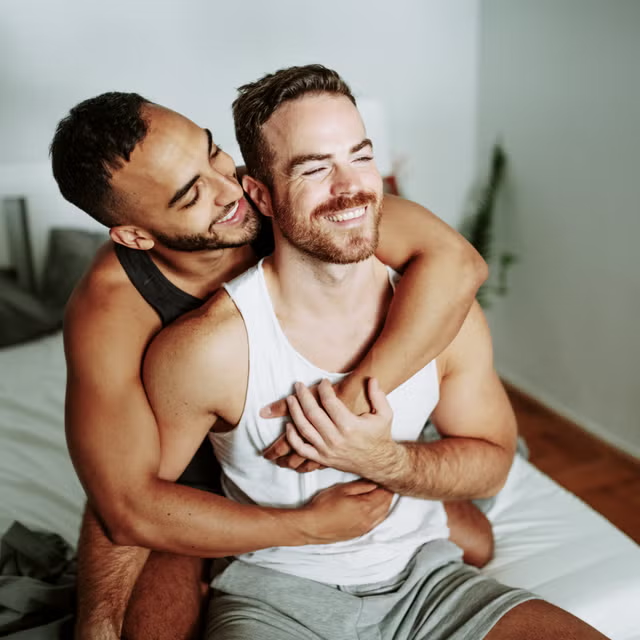
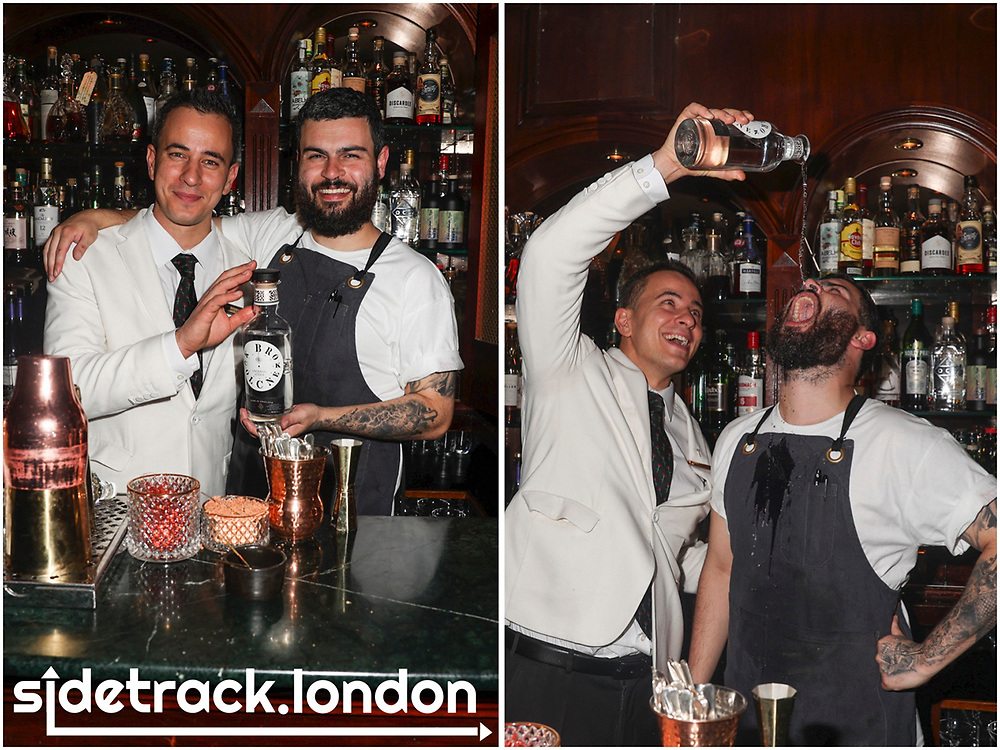

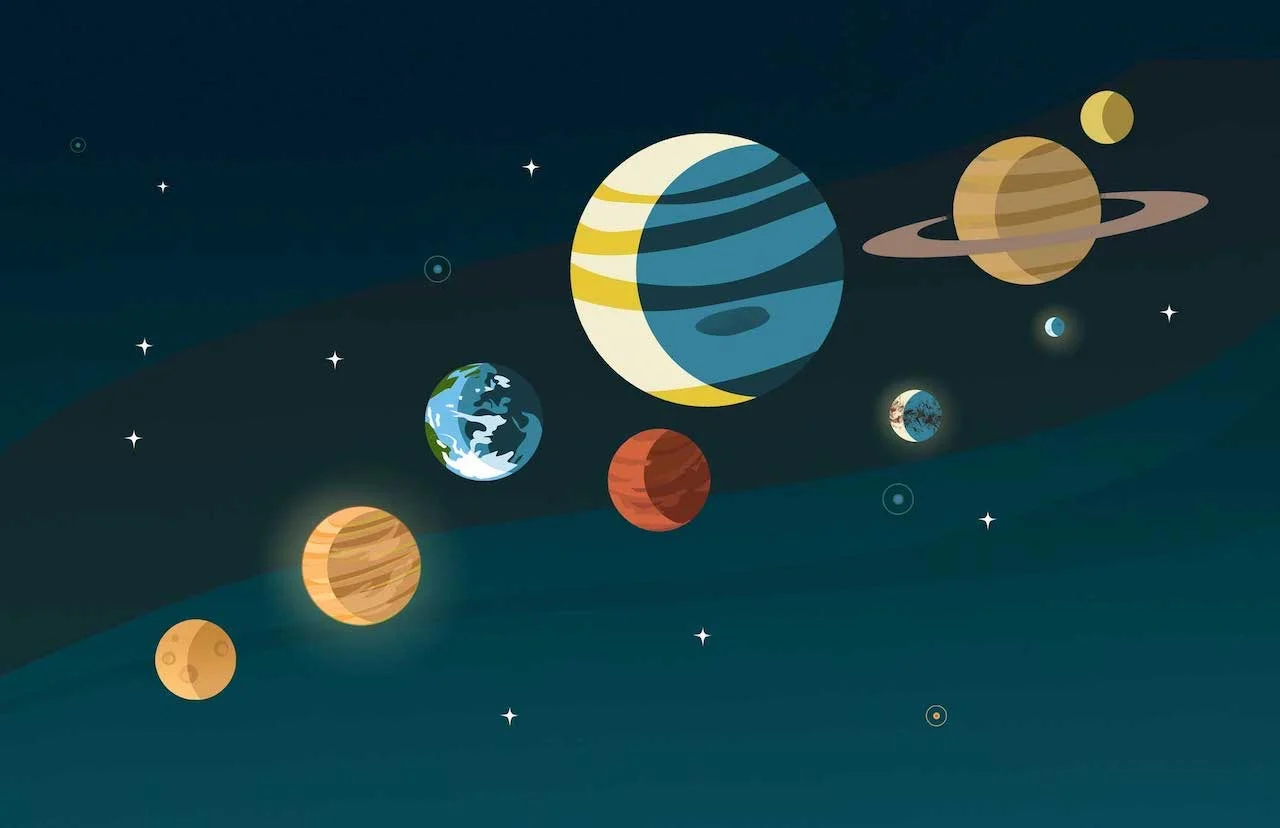
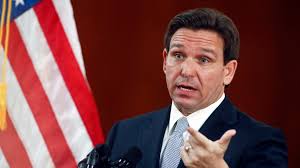
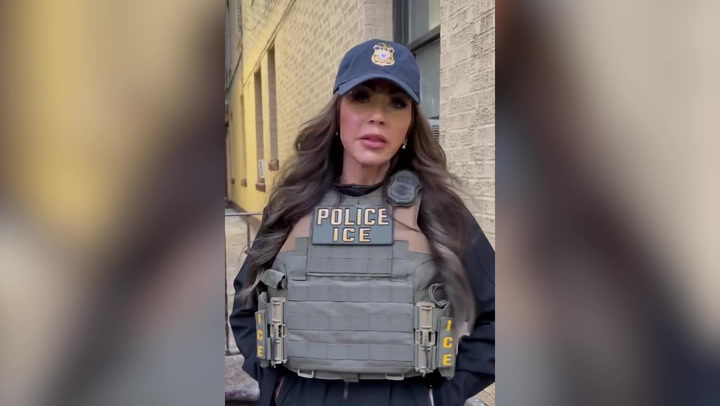

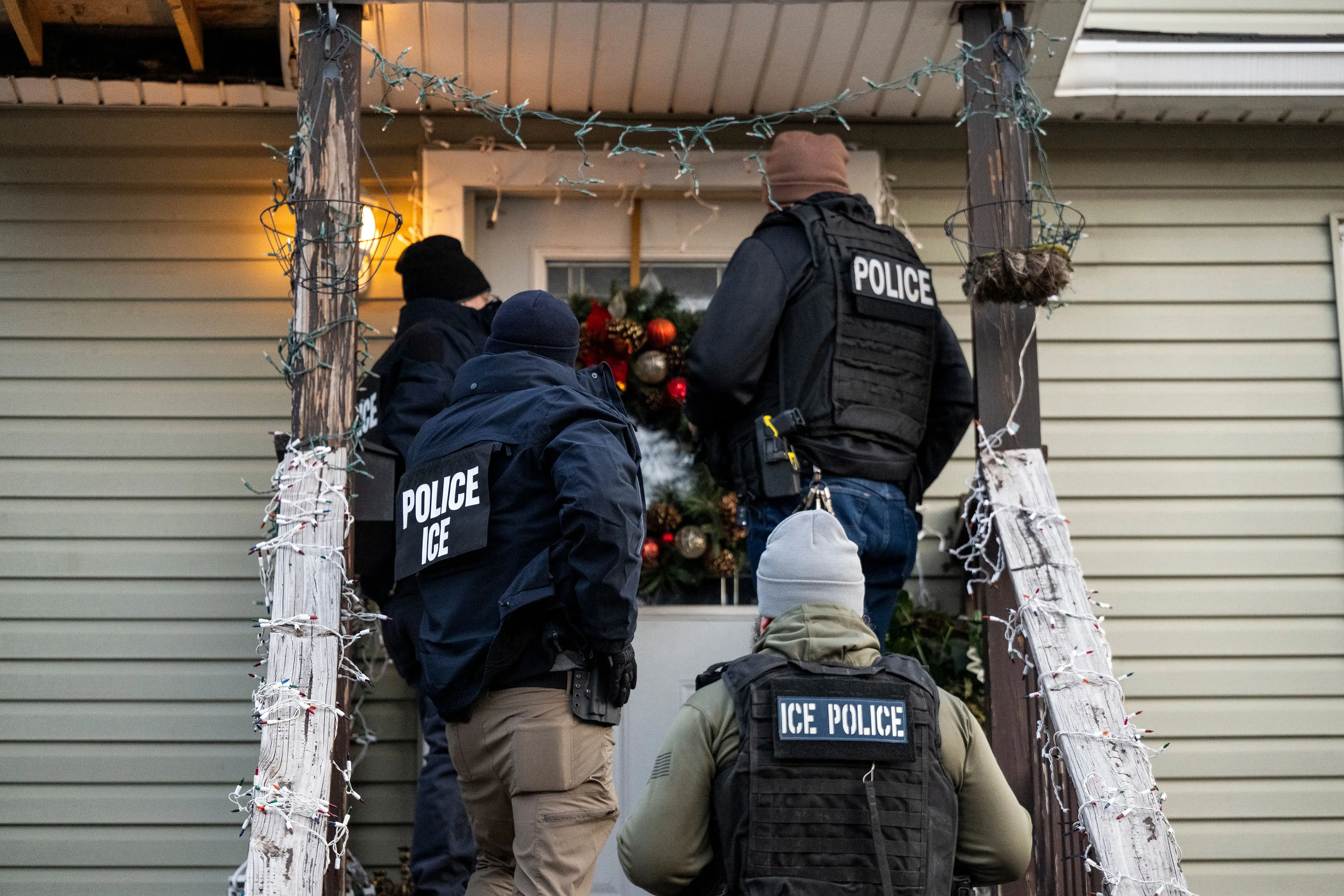
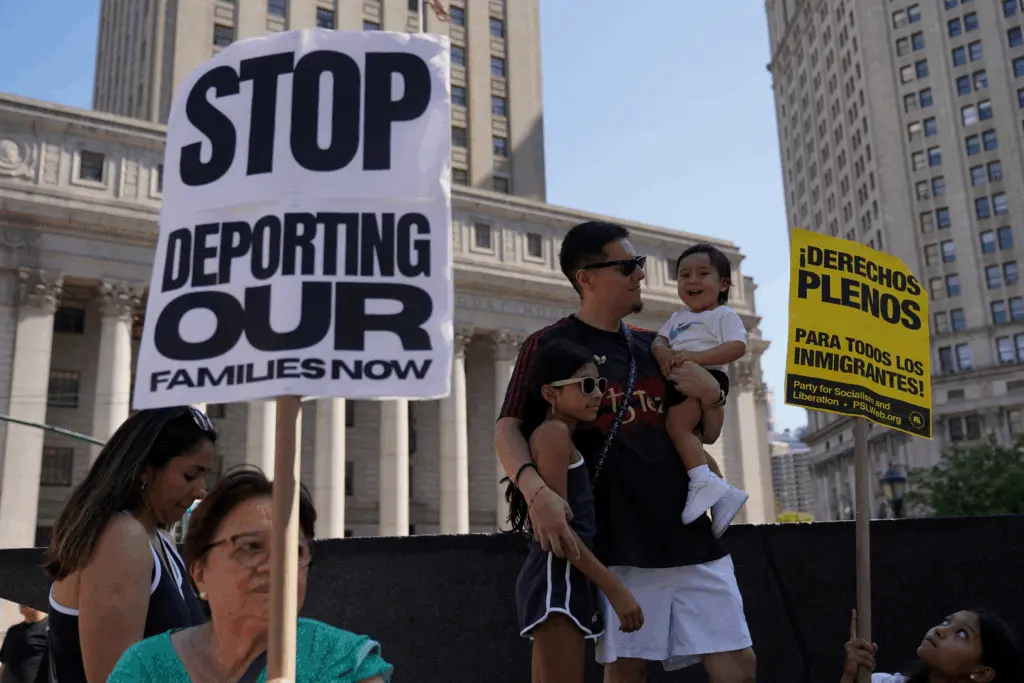
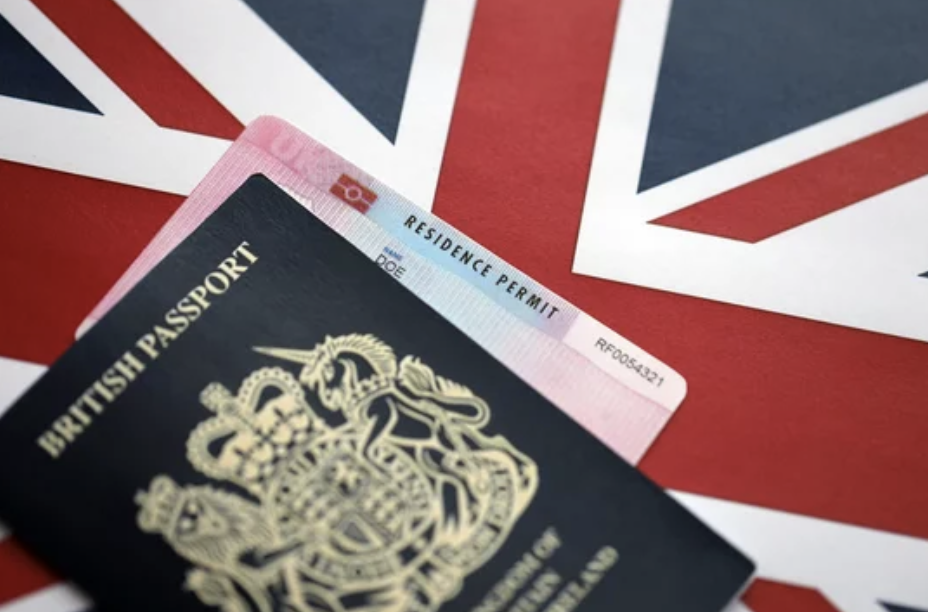
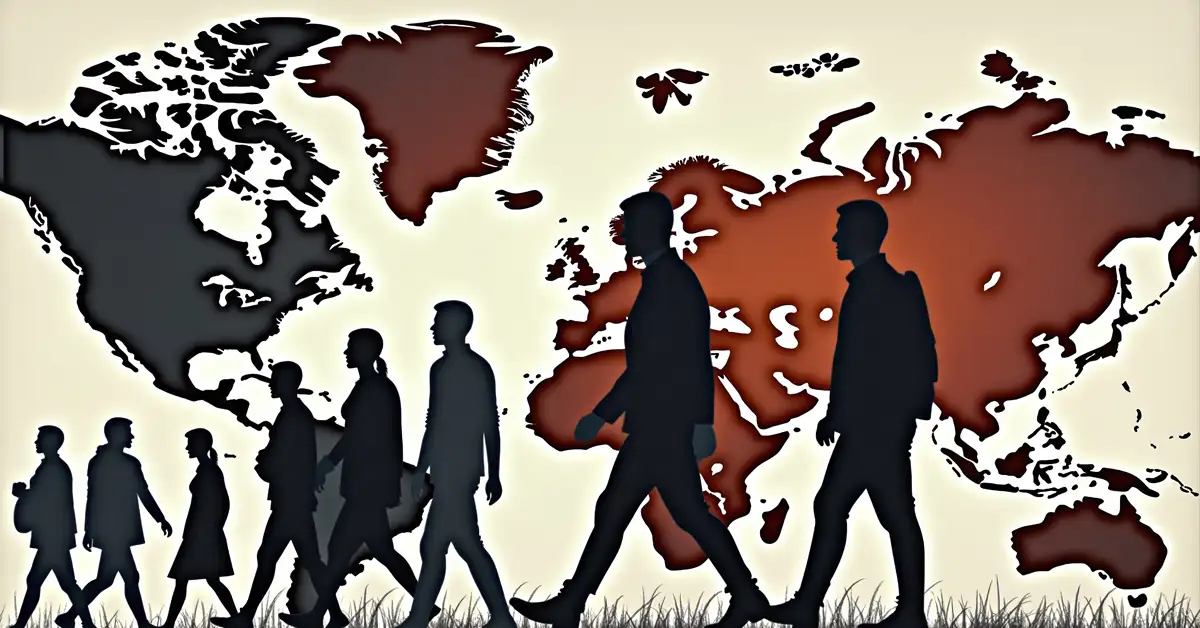
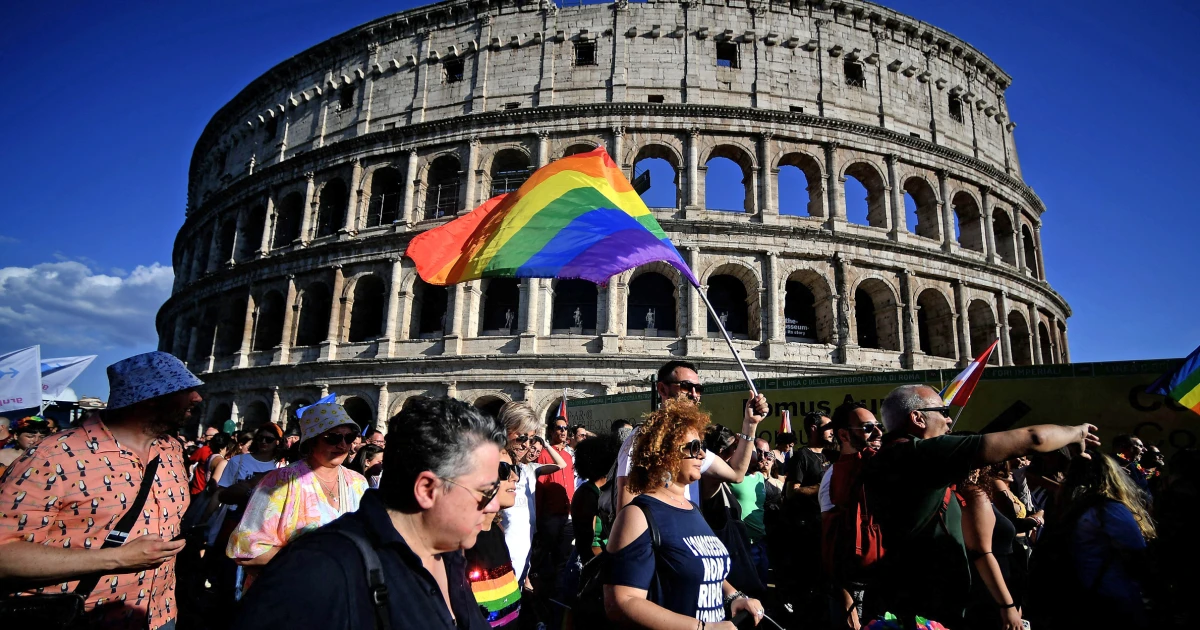
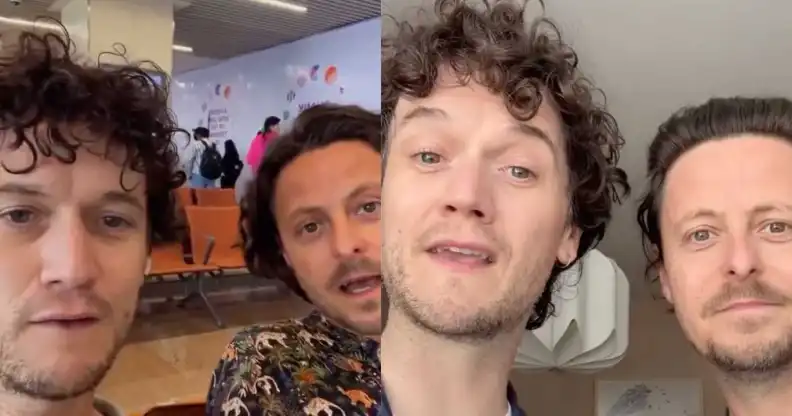
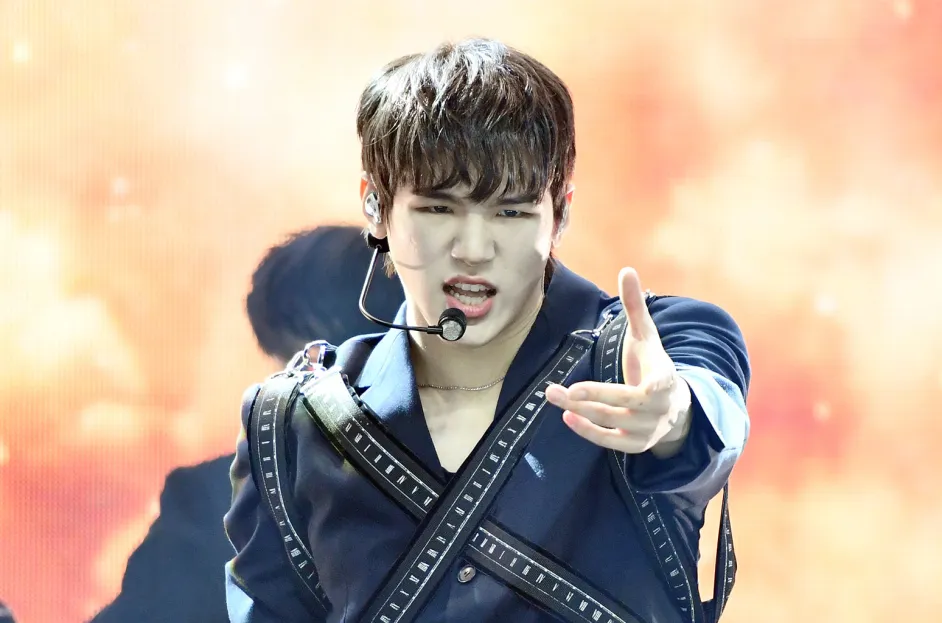
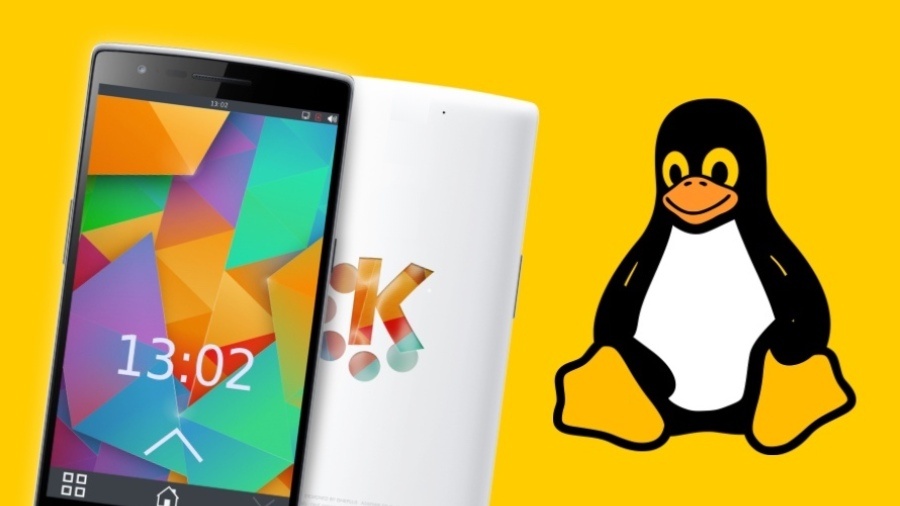
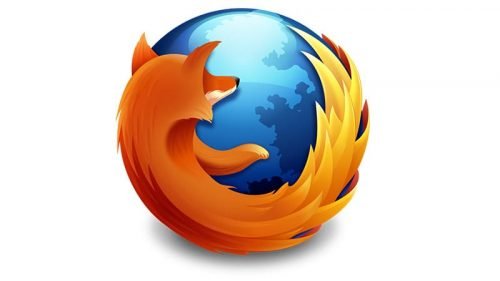
0 Comments